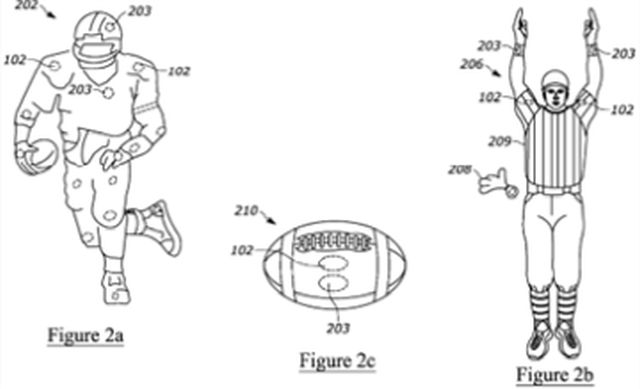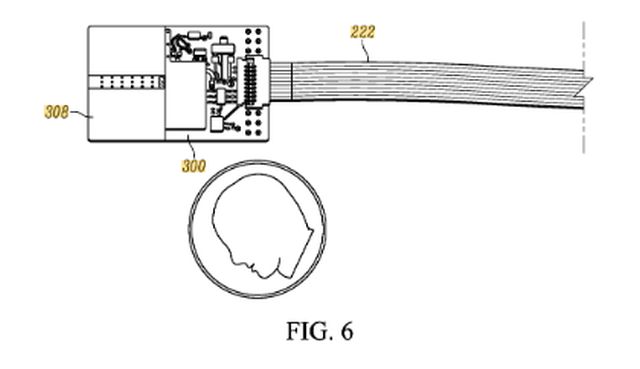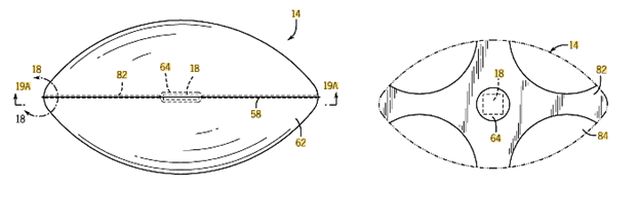In the film "Any Given Sunday," Al Pacino, portraying Coach Tony D'Amato, poignantly compares football to life, describing it as a "game of inches ... one half a step too late or too early and you don't quite make it. One half second too slow, too fast and you don't quite catch it. The inches we need are everywhere around us." This razor-thin margin is what gives football its unique charm. Not every play is a Hail Mary; often, the game hinges on tense moments, such as the dreaded 4th and inches. Not all teams have mastered the tush push and some of these drives end with a pile of players on the ball. The poor referees are forced to sift through a pile of players to determine the ball's location. Sometimes, referees resort to watching replays frame-by-frame to pinpoint the spot of the football. Even then, they're not always correct. These decisions typically leave one group of fans jubilant and the other in dismay. In the midst of the debate over the ball's placement, it might come as a surprise that the NFL tracks the location of each game ball in real time using an RFID tracking chip.
Since the 2017-18 season, the NFL has collaborated with Zebra Technologies and Wilson Sporting Goods to implant RFID chips within footballs to monitor the football's position. Weighing only 3.3 grams, these inconspicuous chips are inserted between an inner air bladder and the outer leather shell of the football. Even the players wear RFID chips in their clothing, allowing teams to generate a postgame report with detailed analytics as to player movement. Behind the scenes, Zebra and Wilson are building a rich patent portfolio directed to positional-tracking technology. A look at Zebra's patents provides a scouting report as to how the positional-tracking technology works.
U.S. Patent No. 10,609,762 is directed to a real-time location system (RTLS) network. The patented method is directed to using radio frequency (RF) tags to transmit sensor data, which may include measurements or environmental feedback. Specifically, these RF tags generate and transmit a data packet, known as a "tag blink data packet," that includes a unique tag identifier and the sensor information. This information may be used to determine the exact location of the ball and/or players during crucial plays, bringing a new level of precision to the game. Given the ability to track the ball, we wonder if Zebra Technologies was a clever nod to the black-and-white striped referees on the field.

Another patent owned by Zebra Technologies, U.S. Patent No. 10,212,262, is directed to the RFID chips worn by players. Each chip is about the size of a nickel and is coupled to two transmitters. These RFID chips may be used to accurately track the location of the players. The patent also highlights the inclusion of environmental sensors, such as accelerometers, to enhance the system's data collection capabilities, making it suitable for various applications where precise location tracking is essential.

Zebra Technologies isn't the only player in the field of positional-tracking within sports. Wilson Sporting Goods has a few plays in the positional-tracking playbook. During a game, the football endures considerable wear and tear. How can an RFID chip within the football endure the barrage of kicks, throws, and spikes without taking damage? U.S. Patent No. 8,512,177 is directed to a football bladder that secures the RFID chip. The RFID chip is suspended in the center of the football, allowing the surrounding air to protect the chip from excessive force. The chip can also detect and measure the change of air pressure within the ball, allowing the chip to provide analytics regarding kicking and punting force. This may also come in handy to determine if a quarterback is deflating the game ball.

The intersection of technology and sports, particularly in the world of football, has led to remarkable innovations that enhance both the game's precision and the spectator experience. The question remains: why are we still eyeing the spot of the football and using the chains to measure for a first down? Purists may argue that using the chains and eyeing the spot of the football adds to the excitement and drama. While others may argue that precision is the key to determining the rightful winner. In either case, these advancements are not just about precision; they also open up new dimensions for analyzing performance and strategy. As this drive unfolds, we'll have to see who scores first. Will these precision tools replace the first down chains before a team that has never won a Super Bowl clinches their first victory? Sorry Detroit, you all were so close this year!
The content of this article is intended to provide a general guide to the subject matter. Specialist advice should be sought about your specific circumstances.


